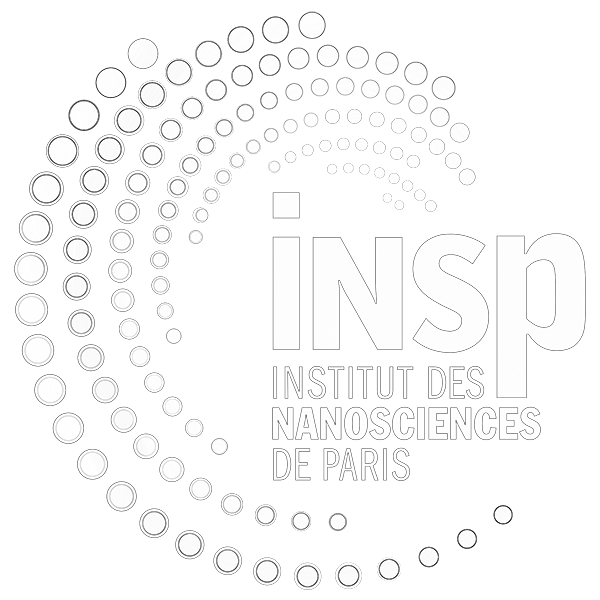Influence of the perfluorinated block length on the self-assembling properties of semifluorinated alkanes at the water surface.
Contact : Michel.Goldmann@insp.jussieu.fr, 01 44 27 45 20
Funding : Sorbonne universite, INSP 4 place jussieu, 75005 Paris
keywords : Internship M2
Gratification : Oui
Team(s) internship page(s) : Chemical Physics and Dynamics of Surfaces
Internship description
Click on « description » for full document
Keywords: Langmuir monolayer, 2D structure
Semi-fluorinated alkanes (CnF2n+1CmH2m+1, FnHm), which exhibit a lipophobic and
hydrophobic character, are able to form stable monolayers on the water surface (Langmuir
monolayers), although they are completely hydrophobic. We demonstrated by GISAXS
experiments on synchrotron source that these molecules form at non-zero surface pressure an
hexagonal network of nanodomains (hemimicelles) with a large parameter (>30 nm), structure
that we recover by AFM on solid substrate (figure). We also observed that the hemimicelles
size varies with the hydrogenated block length (m value). Using molecular dynamics
simulations, we developed a model for the molecular arrangement inside the hemimicelles that
explains such a variation (figure). The next step is studying Langmuir film formed by mixture
of Semi-fluorinated alkanes.
FnHm molecules for (n=10, m=14, 16, 18, 20) and (n=12, m= 16, 20) have been synthetized
and their structure determined. The proposed research aim is determining the thermodynamic
and structural properties of the Langmuir monolayers formed by mixture of these molecules by
surface pressure versus surface density isotherms, Brewster Angle and AFM microscopies
(after transferring the film on solid substrate for AFM). The lattice parameters should be
determined by GISAXS experiments at the SOLEIL synchrotron sources if the beam time is
allocated and scheduled in the corresponding period.
Techniques/methods in use: Surface Pressure/surface density Isotherm, Brewster Angle
Microscopy, AFM, Liquid surface GIXD and GISAXS (on synchrotron source)
Applicant skills: experimental activities

